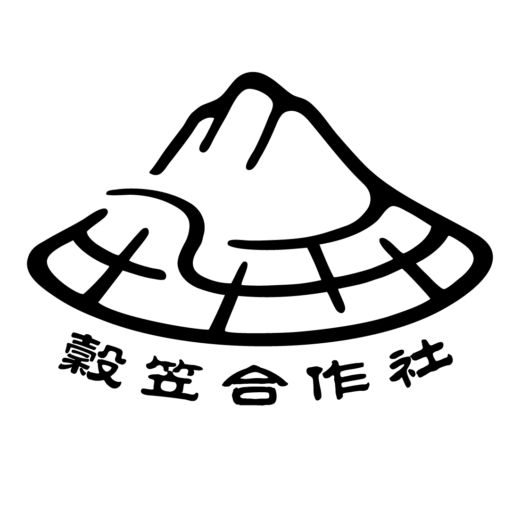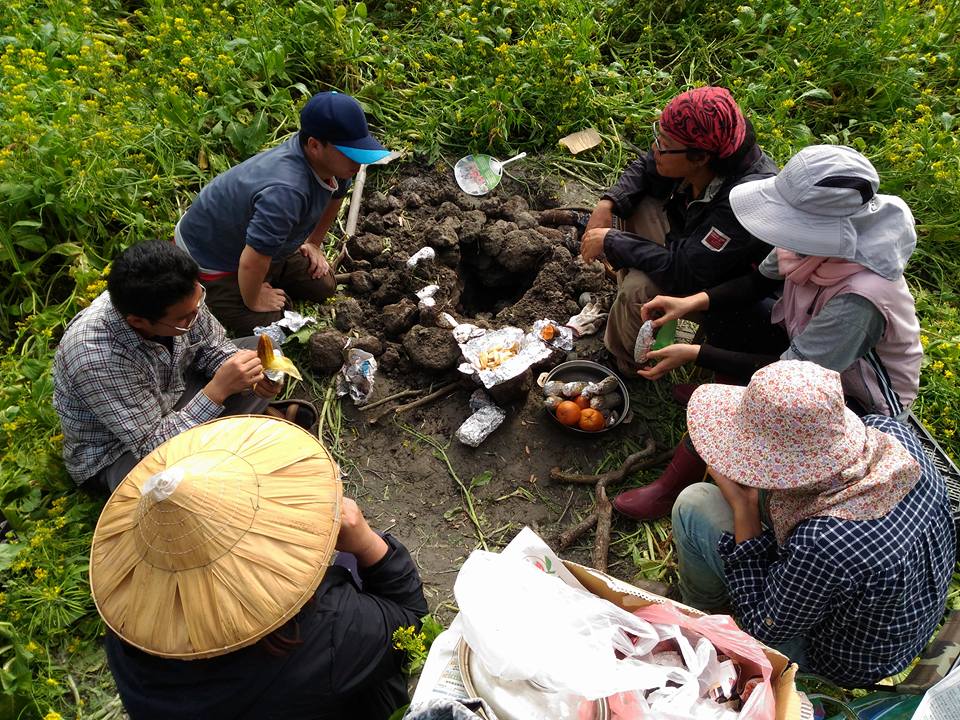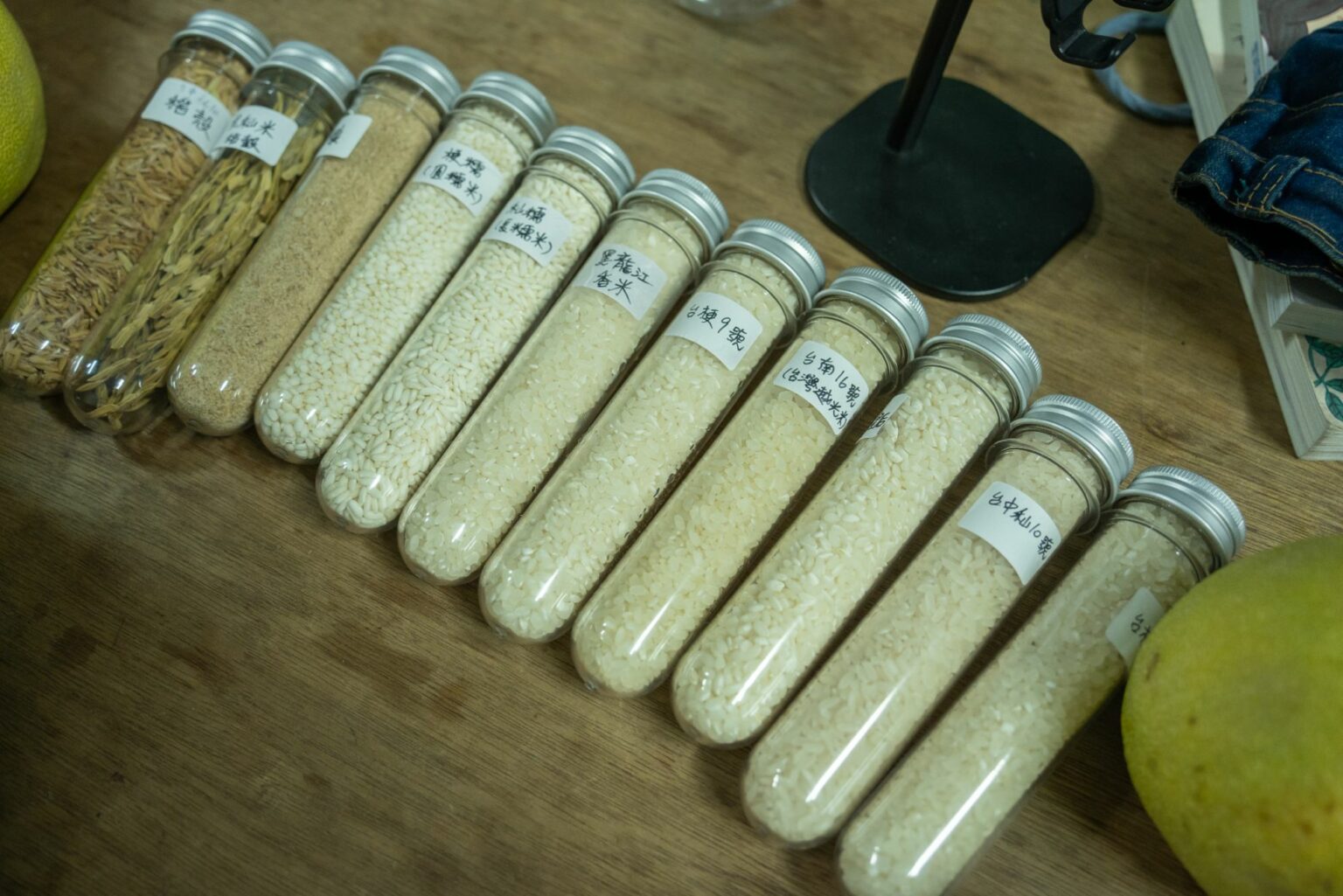
【雙語米食農教育】台灣稻作簡史3:國民政府遷台時期、加入WTO、近年稻作

【Rice Agri-food education】A Brief History of Rice Farming in Taiwan: Kuomintang’s Retreat to Taiwan, Accession to WTO, Recent Years
內容目錄
Toggle國民政府遷台時期/ Kuomintang’s Retreat to Taiwan
第二次世界大戰期間,因生產設備受損,導致稻米產量驟降。國民政府來台以後,透過土地改革增加稻米產量,也將大量土地資本從農業移轉到工商業。
在 1952 到 1962年間,農產品外銷比例從 92% 減少為 59%,而在1963年,國內的工業生產佔國內生產淨值的比例,首次超過農業。隨著國內經濟起飛,農村勞動力逐漸流向工廠與都市,造成農村人口流失與隨之而來的問題。
在工業化過程中,台灣不少農村土地也受到汙染,有些農民發現工業汙染案件以後,也開始發起自救行動,試圖解決問題。時至今日,環境污染的議題也需要大眾的關注。
During World War II, rice production plummeted due to damage to production equipment. After the Nationalist government came to Taiwan, it increased rice production through land reform and transferred a large amount of land capital from agriculture to industry and commerce.
Between 1952 and 1962, the share of agricultural products sold abroad fell from 92% to 59%, and in 1963, domestic industrial production, as a share of net domestic production, surpassed agriculture for the first time. As the domestic economy took off, rural labor was gradually flowing to factories and cities, causing rural population loss and accompanying problems.
During the process of industrialization, many rural lands in Taiwan have also been polluted. After some farmers discovered industrial pollution cases, they also began to launch self-rescue actions to try to solve the problem. Today, the issue of environmental pollution also requires public attention.

加入WTO/ Accession to WTO
台灣在 2002年(民國91年)加入世界貿易組織(WTO),而秉持著「自由貿易」的精神,開始進口原本市場上少見的國外米,進口的稻米數量也在 2007年達到台灣消費量的10%。這些進口米大多來自美國,美國米在 2002年佔政府配額總數的74%,且美國進口蓬萊米的價格連台灣農民種植成本的1/3都不到,可想而知,對台灣稻米產業產生非常大的衝擊。
在超級市場可見越來越多稻米的選擇,然而台灣稻田的種植面積卻越來越少,休耕面積也逐漸攀升。在 2003年台灣稻作面積為 27萬公頃,隔年 2004 年稻作面積已降到 23 萬公頃,休耕面積達到 23.9萬公頃,政府與大眾開始注意到進口米的負面影響。
稻米的減產,不僅讓農村文化流失、傳承斷裂,休耕面積的增加,也損害了稻田的生態環境。
▎延伸閱讀:行政院農業委員會-加入WTO稻米產業因應對策
Extended reading:Executive Yuan Agriculture Committee – Countermeasures for the Rice Industry after Joining the WTO
2004 年(民國93年)以後,台灣休耕面積幾乎與種植面積相當,約有 20 多萬公頃的土地,政府每年補助約 100 億元。對此政府希望能讓過剩的農地變成有價值的土地,在 2007 年,行政院通過「農村改建條例」草案,成立 1,000億元的農村改建基金,預計在全國釋出 10,000公頃的都會周邊農地,開發為「田園住宅社區」,民眾將可以「蘆洲的房價買到陽明山的居住品質」。而對於這項計畫,社會有不同評價與聲音。
▎延伸閱讀:苦勞網-政院通過萬頃農地釋出,開發田園社區
Extended reading: Cool Loud- Executive Yuan released 10,000 hectares of farmland to develop pastoral communities
Taiwan joined the World Trade Organization (WTO) in 2002 (1991), and upholding the spirit of “free trade”, it began to import foreign rice that was rarely seen in the market, and the amount of imported rice also reached 10% of Taiwan’s consumption in 2007. Most of these imported rice came from the United States. In 2002, American rice accounted for 74% of the total government quota, and the price of Penglai rice imported from the United States was less than 1/3 of the planting cost of Taiwan farmers. It has a very big impact on Taiwan’s rice industry.
There are more and more choices of rice in supermarkets, but the planting area of rice fields in Taiwan is becoming less and less, and the fallow area is gradually increasing. In 2003, Taiwan’s rice cropping area was 270,000 hectares. In 2004, the rice cropping area dropped to 230,000 hectares, and the fallow area reached 239,000 hectares. The government and the public began to notice the negative impact of imported rice.
The reduction of rice production not only leads to the loss of rural culture, the fracture of inheritance, the increase of fallow area, but also damages the ecological environment of rice fields.
After 2004 (93 years of the Republic of China), the fallow area in Taiwan is almost equal to the planting area, about more than 200,000 hectares of land, and the government subsidizes about 10 billion yuan each year. In response to this, the government hopes to turn excess farmland into valuable land. In 2007, the Executive Yuan passed the “Rural Reconstruction Regulations” draft to establish a $100 billion TWD rural reconstruction fund, which is expected to release 10,000 hectares of farmland around urban areas across the country. It will be developed as a “idyllic residential community”, and people will be able to “buy the quality of residence in Yangmingshan at the price of Luzhou”. For this project, the society has different opinions and voices.

近年的稻作/ Rice crops in recent years
2016年10月出版的《鄉間小路》提到台灣稻米產量與進口量約 160萬噸,而國人消費量僅 130萬噸,稻米產量供過於求。政府從 1974年年起實施稻米保價收購制度,以一定價格向農民收購公糧,希望能穩定米價、保障農民收入,然而卻衍伸出稻農「重量不重質」的問題。
農委會在 2016年試辦「綠色直接給付措施」,讓農民不用繳公糧,選擇直接補償金額,再自行賣米,爾後如果稻米品質佳能夠賣更高價,農民就可以捨棄公糧制度,進入市場機制。
根據南投縣政府資訊「農產品競爭力分析-南投縣106年主要農產品生產概況」, 2017年(民國106年)南投縣稻米產量2.6萬公噸,較20年前減少1.5成,較60年前減少60%。
南投縣稻米產量以草屯鎮最多,其次為南投市,而中寮鄉、魚池鄉、信義鄉則無稻米產量。與20前相比,稻米產量減少最多的是名間鄉、南投市,而與 60年前相比,減少最的是埔里鎮,其次為草屯鎮。
The “Country Road” published in October 2016 mentioned that Taiwan’s rice production and import volume is about 1.6 million tons, while the consumption of people is only 1.3 million tons, and the rice production exceeds the demand. Since 1974, the government has implemented a rice purchase system with a guaranteed price. It purchases public grain from farmers at a certain price, hoping to stabilize the price of rice and protect farmers’ income. However, it has led to the problem of rice farmers “value weight not quality.”
In 2016, the Agriculture Committee piloted the “Green Direct Payment Measures”, allowing farmers to choose the direct compensation amount without paying the public grain, and then sell the rice by themselves. Later, if the rice is of good quality and can be sold at a higher price, farmers can abandon the public grain system and enter the market.
According to the Nantou County Government Information “Analysis of Agricultural Product Competitiveness – An Overview of the Production of Main Agricultural Products in Nantou County in 2017”, the rice output in Nantou County in 2017 (106 years of the Republic of China) was 26,000 metric tons, a decrease of 1.5% compared with 20 years ago and a decrease of 60% compared with 60 years ago.
In Nantou County, Caotun Town has the most rice output, followed by Nantou City, while Zhongliao Township, Yuchi Township, and Xinyi Township have no rice output. Compared with 20 years ago, Mingjian Township and Nantou City have the largest reduction in rice production, while compared with 60 years ago, Puli Town has the largest reduction, followed by Caotun Town.
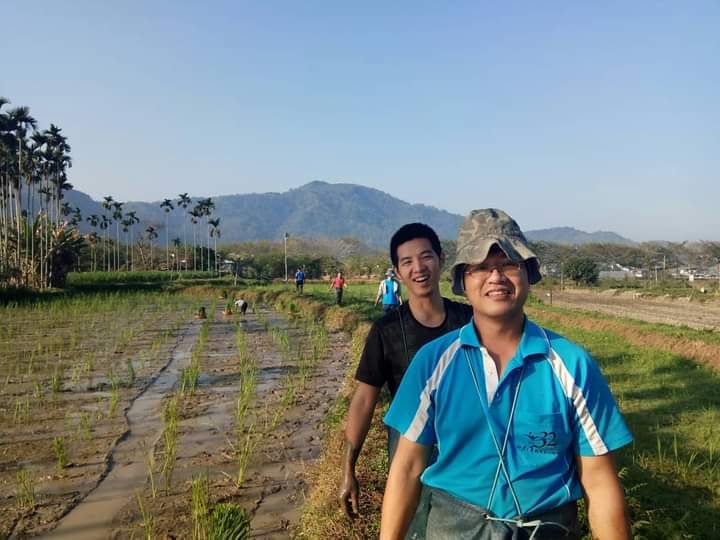
稻作的未來/ Rice Crops in Recent Years
雖然台灣水稻農夫一路上歷經了勞動力流失、農村老化、利潤被剝削,現在社會大眾、學者和政府相關部門也持續探索水稻以及台灣農村未來的可能方向,有些公家單位致力於改善稻米品質,如農業改良場持續為農民開設水稻種植課程;有些團體強調環境友善、有機無毒、支持小農,像是上下游平台、主婦聯盟;有些在地年輕人團隊致力於傳承農村與稻作文化、農村「相放伴」精神、推廣食農教育,如南投埔里鎮的穀笠合作社。
近年投身在稻作的年輕農夫,也導入較科學的方式來管理稻田,其中不乏有理想的年輕女孩加入稻作農夫的行列,像是穀笠合作社的小農女夏秀慧即是其中一例,在農村創造自己想要的生活。青年返鄉種稻雖然是少數,但新血的傳承,是農村未來的希望,因此如何幫助第一線的稻米生產者解決銷售問題,讓稻農能獲得應得的利潤,進而願意繼續留在農村生活,是很重要的議題,這也直接關係到台灣農村文化的傳承與生態環境的保護。
.jpg)
▎延伸閱讀:上下游-來埔里溫暖相放伴!穀笠合作社扎根十年,農業菜鳥變農村引路人,陪更多青年入鄉援農
Extended Reading: News and Market – Come to Puli for Warmth and Companionship! The Guli Cooperative has been rooted for ten years, and the agricultural rookie has become a guide in the countryside, accompanying more young people to the countryside to help farmers
Although Taiwanese rice farmers have experienced labor loss, rural aging, and profit exploitation along the way, the public, scholars, and relevant government departments are now continuing to explore rice and the possible future directions of Taiwan’s rural areas. Some government departments are committed to improving the quality of rice, such as agriculture. The improvement farms continue to provide rice planting courses for farmers; some groups emphasize environmental friendliness, organic non-toxicity, and support for small farmers, such as News and Market, and the Homemakers Union and Foundation; some local youth teams are committed to inheriting the culture of rural and rice farming, and the spirit of “farming partnership” and the promotion of food and agricultural education, such as the Guli Cooperative in Puli Town, Nantou.
Young farmers who have devoted themselves to rice farming in recent years have also introduced more scientific methods to manage their rice fields. Among them, there are many young girls with ideals who have joined the ranks of rice farmers. For example, Xia Xiuhui, a young female farmer from the Guli Cooperative, is one of them. Although it is rare for young people to return to their hometowns to plant rice, the inheritance of new blood is the hope for the future of the countryside. Therefore, how to help the front-line rice producers solve the sales problem, so that the rice farmers can get the profits they deserve, and then they are willing to stay in Rural life is a very important topic, which is also directly related to the inheritance of Taiwan’s rural culture and the protection of the ecological environment.
【米雙語食農教育】系列文章 Rice Agri-food education: Series of Articles
- 【米雙語食農教育】台灣稻作簡史1:新石器時代、荷治時期、清領時期
【Rice Agri-food education】A Brief History of Rice Farming in Taiwan 1: Neolithic Age, Hezhi Period, and Requesting Period - 【雙語米食農教育】台灣稻作簡史2:日本統治時期
【Rice Agri-food education】A Brief History of Rice Farming in Taiwan 2: Japanese Occupation Period - 【雙語米食農教育】台灣稻作簡史3:國民政府遷台時期、加入WTO、近年稻作
【Rice Agri-food education】A Brief History of Rice Farming in Taiwan 3: Kuomintangs Retreat, WTO, Recent Years - 【雙語米食農教育】台灣水稻、南投稻作、埔里稻米種植現況
【Rice Agri-food education】Status of Rice Planting in Taiwan, Nantou and Rice Planting in Puli - 【米雙語食農教育】水稻種植流程:育苗、打田、插秧、田間管理、曬田、收成
【Rice Agri-food education】 Rice Planting Process: Breeding, Ploughing, Transplanting, Management, Field Drying, Harvesting - 【米雙語食農教育】為什麼水稻比較不會有連作障礙:禾本科植物與水田特性
【Rice Agri-food education】 Why there is less continuous cropping obstacle in rice: Poaceae and paddy field characteristics - 【米雙語食農教育】適合水稻的土地和氣候環境、埔里種植環境
【Rice Agri-Food Education】Land and Climatic Environment Suitable for Rice, Planting Environment in Puli - 【米雙語食農教育】水稻的一生&台灣二期稻作
【Rice Agri-Food Education】Rices life & The Two Stage of Rice Harvesting in Taiwan - 【米雙語食農教育】水田的8個重要功能:環境保護與文化傳承
【Rice Agri-Food Education】8 Important Functions of Paddy Fields: Environmental Protection and Cultural Heritage - 【米雙語食農教育】稻米的4個種類&決定米口感的因素
【Rice Agri-Food Education】4 types of rice & factors that determine the taste of rice - 【米雙語食農教育】台灣9個必吃米品種,你都吃過了嗎?
【Rice Agri-Food Education】9 Popular, Must-Try Rice Varieties In Taiwan
